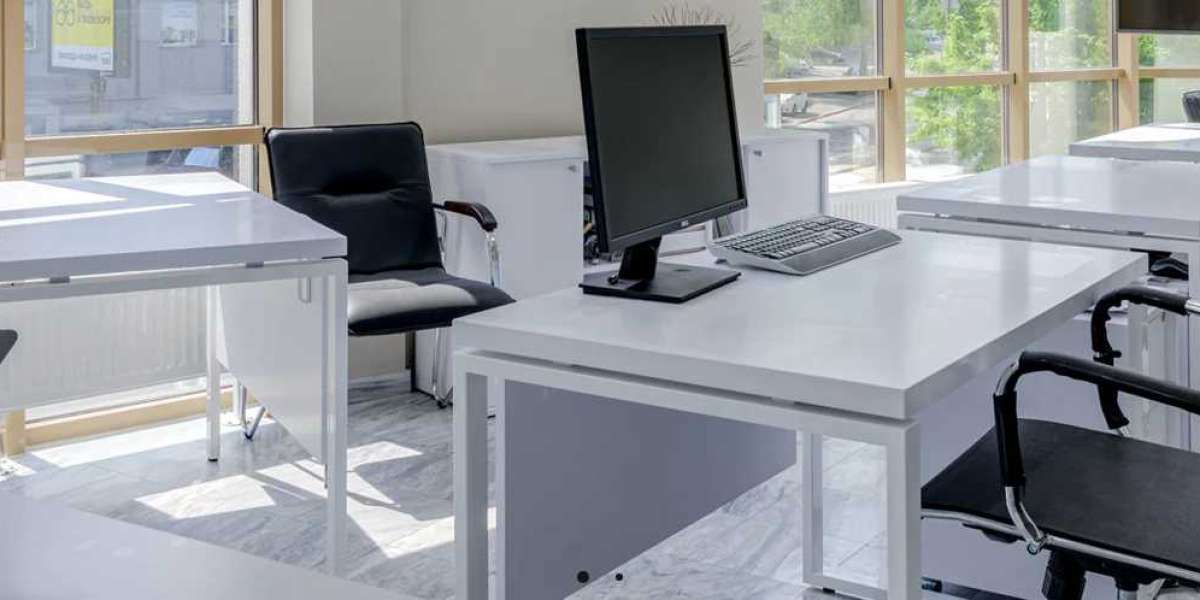In today's rapidly evolving work landscape, creating an exceptional office experience goes beyond providing a functional workspace. It involves designing an environment that inspires creativity, fosters collaboration, supports well-being, and reflects the unique culture of the organization. Here are key strategies for enhancing the modern office experience:
1. Embrace Flexibility
Agile Workspaces:
- Open Plan Layouts: Foster collaboration and interaction among employees by creating open, flexible work areas that encourage spontaneous communication.
- Hot Desking: Allow employees to choose their workspace based on their tasks for the day, promoting flexibility and collaboration.
Remote Work Integration:
- Hybrid Work Models: Design the office to accommodate both in-person and remote work, with technology-enabled spaces for seamless virtual collaboration.
- Home Office Support: Provide resources and support for employees working from home, such as ergonomic furniture, technology assistance, and flexible scheduling.
2. Prioritize Well-being
Comfortable Environments:
- Ergonomic Furniture: Invest in ergonomic chairs, adjustable desks, and supportive accessories to promote physical comfort and reduce strain.
- Natural Elements: Incorporate biophilic design elements like plants, natural light, and wood accents to create a calming and stress-reducing atmosphere.
Mental Health Support:
- Quiet Zones: Designate quiet areas or pods where employees can focus, recharge, or engage in mindfulness activities away from distractions.
- Wellness Programs: Offer wellness initiatives such as meditation sessions, yoga classes, or mental health resources to support employee well-being.
3. Promote Collaboration
Collaborative Spaces:
- Meeting Pods: Provide enclosed meeting spaces equipped with technology for brainstorming sessions, video conferences, or private discussions.
- Collaborative Furniture: Choose modular furniture that can be easily reconfigured to accommodate different group sizes and activities.
Digital Collaboration Tools:
- Interactive Whiteboards: Install digital whiteboards or interactive displays for real-time ideation and collaboration during meetings.
- Cloud-Based Platforms: Utilize cloud-based collaboration tools for document sharing, project management, and team communication.
4. Foster Culture and Community
Brand Identity:
- Branded Spaces: Incorporate elements of the company's brand, values, and culture into the office design through artwork, signage, and decor.
- Employee Recognition: Celebrate achievements and milestones with dedicated areas showcasing employee accomplishments and contributions.
Social Spaces:
- Breakout Areas: Create inviting lounge areas with comfortable seating, games, or refreshments to encourage informal interactions and team bonding.
- Kitchen and Dining Areas: Design communal spaces where employees can gather for meals, coffee breaks, or collaborative discussions.
5. Technology Integration
Smart Office Solutions:
- IoT Devices: Implement smart sensors and devices to optimize energy usage, monitor space utilization, and enhance employee experience.
- Virtual Assistants: Integrate voice-controlled assistants or chatbots to provide information, schedule meetings, or assist with tasks.
Tech-Enabled Amenities:
- Digital Wayfinding: Install digital signage or mobile apps to help employees navigate the office layout and find available meeting rooms or amenities.
- Fitness and Wellness Tech: Offer access to fitness apps, wearable devices, or virtual fitness classes to support employee health and well-being.
6. Sustainable Practices
Green Initiatives:
- Energy-Efficient Design: Optimize lighting, heating, and cooling systems for energy efficiency, and incorporate renewable energy sources where possible.
- Waste Reduction: Implement recycling programs, reduce single-use plastics, and encourage sustainable practices among employees.
Green Spaces:
- Outdoor Areas: Design outdoor spaces such as rooftop gardens, courtyards, or terraces for relaxation, meetings, or outdoor work.
- Community Gardens: Create opportunities for employees to participate in gardening or green initiatives as a team-building activity.
7. Continuous Improvement
Feedback Mechanisms:
- Employee Surveys: Gather feedback from employees on their experience in the office, including areas for improvement and suggestions for enhancement.
- Iterative Design: Use data and insights from employee feedback to continuously refine and evolve the office environment to better meet the needs of the workforce.
Conclusion
Enhancing the modern office experience requires a holistic approach that integrates flexibility, well-being, collaboration, culture, technology, sustainability, and continuous improvement. By prioritizing these elements and creating a workspace that supports the diverse needs and preferences of employees, organizations can cultivate a thriving, engaged, and innovative workplace culture.








